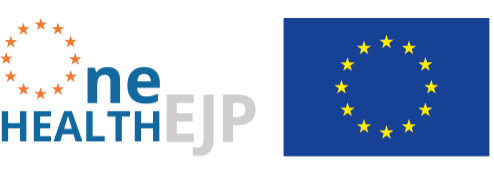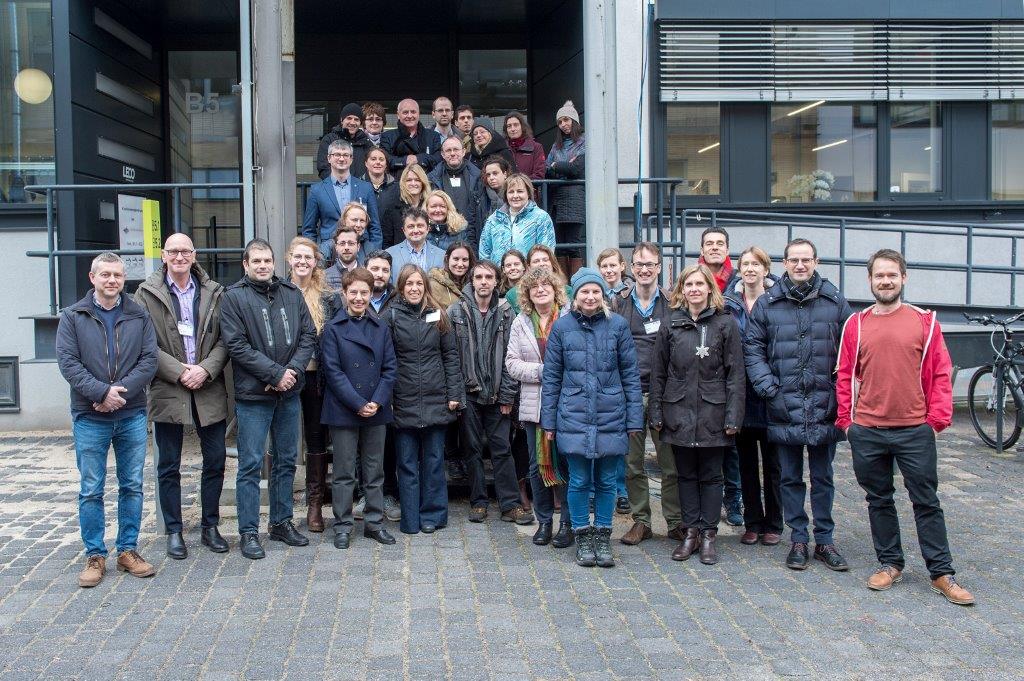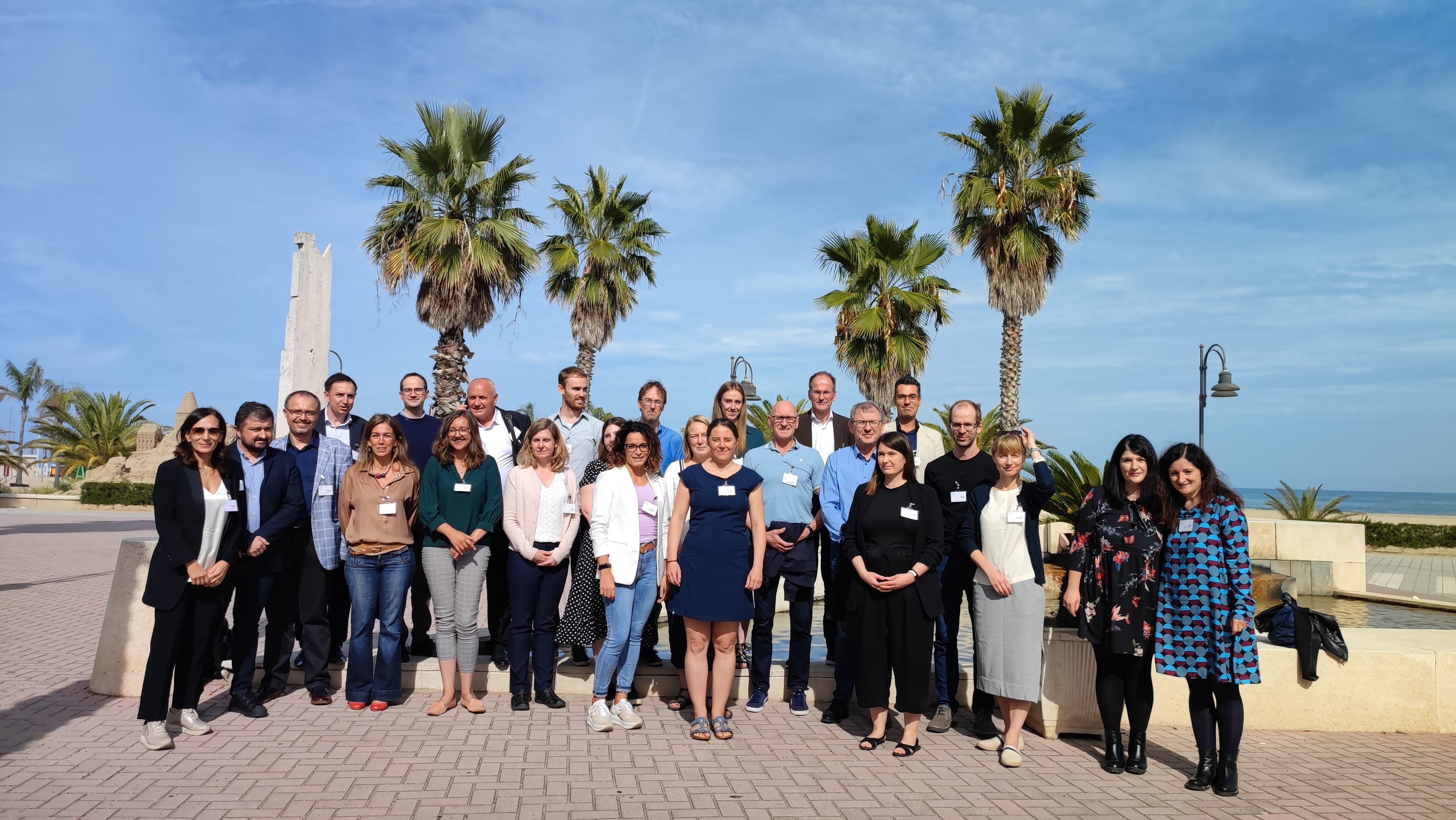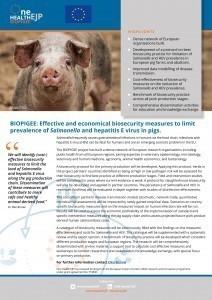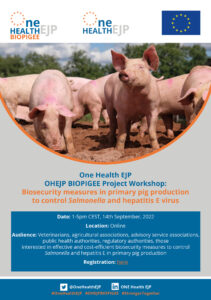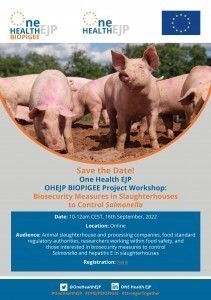Plovdiv, Bulgaria
Hudcova 296, Brno, Jihovýchod, Czech Republic
Aleja Partyzantów 57, Puławy, województwo lubelskie, Poland
Spargelfeldstraße 191, Süßenbrunn, Wien, Austria
Teramo, Abruzzo, Italy
Viale Regina Elena, Rome, Lazio, Italy
14 Rue Pierre et Marie Curie, Maisons-Alfort, Île-de-France, France
Antonie van Leeuwenhoeklaan 9, De Bilt, Utrecht, The Netherlands
Houtribweg 39, Lelystad, Flevoland, The Netherlands
Addlestone, England, United Kingdom
Nordufer 20, Berlin, Berlin, Germany
Friedrich Reinhold Kreutzwaldi 30, Tartu, Estonia
Ullevålsveien 68, Oslo, Oslo, Norway
Uppsala, Uppsala län, Sweden
Max-Dohrn-Straße 8, Berlin, Berlin, Germany
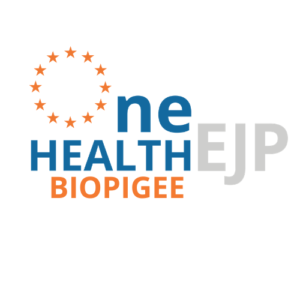
The Project #BIOPIGEE
| Start: | 1 January 2020 |
| Duration: | 2.5 Years |
| Domain: | Foodborne Zoonoses |
| Keywords: | Biosecurity, Salmonella, Hepatitis E virus, pig, food chain |
| Contact: | Elke Burow (BfR) |
BIOPIGEE: Biosecurity practices for pig farming across Europe
BIOPIGEE was a Joint Research Project of the One Health European Joint Project (OHEJP), running from January 2020 to December 2022, to identify and investigate effective biosecurity measures against Salmonella and hepatitis E virus (HEV) in European pig farming and slaughterhouses. Over the course of the last three years, more than 80 researchers from 16 institutes and 13 European countries worked together. The expertise combined in the project came from fields like epidemiology, microbiology, veterinary and human medicine, agronomy, econometrics, and bacteriology.
Salmonella and HEV infections are health risks for animals and humans in the European Union. Many countries have implemented surveillance/control strategies on farms in the recent 20 years. Today, there is still a high proportion of Salmonella positive carcasses (EFSA & ECDC 2017). Although single or mixtures of biosecurity measures against Salmonella in pig farming have been investigated, a promising protocol of biosecurity measures was not yet obvious, nor clearly proven to be effective for European production systems. HEV is widespread and predominant in pigs in Europe, but no baseline studies exist yet. In general, farm internal biosecurity measures may have a role in limiting occurrence and persistence of the virus in farms, but how and which measures may influence this is largely unknown.
With the goal of advancing knowledge and research in the field of biosecurity measures against Salmonella and HEV in European pig farming, a multitude of different studies have been performed with the associated papers to be published in 2023:
- Epidemiological studies with risk factor analyses to identify protective biosecurity measures in a large sample of European pig farms.
- Experimental studies to investigate the effectivity of disinfectants against Salmonella and HEV in biofilms.
- Longitudinal field studies to investigate the spread and infection dynamics of HEV on pig farms.
- Literature reviews with quantified effectiveness on the effectivity of biosecurity measures and biosecurity practices against Salmonella, HEV and/or E. coli in European slaughterhouses.
- Literature review with meta-analyses on effective biosecurity measures against Salmonella, HEV, and E. coli.
- A complex network analysis to investigate patterns of the swine industry network and identify key factors responsible for between-farm contacts at the French scale.
- Quantitative microbial risk assessments for Salmonella (existing) and HEV (BIOPIGEE) to estimate animal cases at slaughter and human cases and to inform the cost-benefit analyses (CBA) for 12 different biosecurity measures.
Project Outputs and Outcomes
Key outputs of the project are the tools that can be used farming students, individual farmers, veterinarians, researchers, policymakers or industry stakeholders:
- The BIOPIGEE Glossary was developed in the beginning of the project to harmonize and clarify the understanding of pig farming and biosecurity terms of participants. Within the project, terms and definitions were identified in the scientific literature or defined by domain experts. Included terms are related to farm biosecurity, pig farming, epidemiology, slaughterhouse biosecurity and slaughterhouse procedure.
- The BIOPIGEE Biosecurity Protocol has 55 questions on indoor and 56 questions on outdoor biosecurity measures tailored to assess farm biosecurity against Salmonella and HEV in pig farming. The development included the review of existing biosecurity protocols, published literature on the effectiveness of biosecurity measures, and expert opinions to select all biosecurity measures that are feasible and relevant to reduce occurrence of the pathogens.
- The BIOPIGEE Checklists can be used by a farmer or veterinarian to assess farm biosecurity against Salmonella or HEV on an individual farm based on current scientific knowledge. Each checklist contains only those biosecurity measures that showed protective effects in the existing literature or the BIOPIGEE risk factor studies.
- The BIOPIGEE Slaughterhouse Guidance Manual contains evidence on the effectiveness of biosecurity practices against Salmonella and based upon that recommendations on how to minimize infection and contamination risks during slaughterhouse processes.
- The BIOPIGEE Cost-Effectiveness Support Tool can be used to estimate the benefit-cost ratios and net benefits of the implementation of effective biosecurity measures against Salmonella or HEV for farms in selected countries. In future projects, the tool can be extend or updated.
- The BIOPIGEE Information Material for Farming Schools was developed to introduce to the work of the project and to show pictures of good examples of biosecurity measures on pig farms in Europe. These pictures are accompanied by information on how to implement the measure and research findings on their effectiveness.
To disseminate results and receive feedback from stakeholders in the pig production sector, veterinarians and the research community, four workshops and multiple presentations had been given over the past years. With the workshops and national events, more than 1000 interested people could be reached. The project outputs will be provided to more than 130 websites, farming education institutions, and partners at institutes. In combination, this will bring further awareness to the results of the BIOPIGEE project and One Health, especially beyond the scientific community, and will likely have a positive impact on the biosecurity against Salmonella and HEV in the European Union.
Project Assets
Hammami, P., Widgren, S., Grosbois, V., Apolloni, A., Rose, N., & Andraud, M. (2022). Spread of hepatitis E virus from pens to the national industry: complex network analysis and modelling. Conference paper from 54e Journées de la Recherche Porcine (JRP); Session Animal Health), held online 1-2 February 2022. DOI: https://doi.org/10.5281/zenodo.6091535
Ianiro, G., Pavoni, E., Aprea, G., Romantini, R., Alborali, G. L., D’Angelantonio, D., Garofolo, G., Scattolini, S., De Sabato, L., Magistrali, C. F., Burow, E., Ostanello, F., Smith, R. P., Di Bartolo, I. (2023). Cross-sectional study of hepatitis E virus (HEV) circulation in Italian pig farms. Frontiers in Veterinary Science. 10, 1136225. DOI: https://doi.org/10.3389/fvets.2023.1136225
Richter, A. M., Konrat, K., Osland, A.M., Brook, E., Oastler, C., Vestby, L.K., Gosling, R.J., Nesse. L.L., Arvand, M. (2023). Evaluation of Biofilm Cultivation Models for Efficacy Testing of Disinfectants against Salmonella Typhimurium Biofilms. Microorganisms. 11(3), 761. DOI: https://doi.org/10.3390/microorganisms11030761
Meester, M., Rademaker, A., Bouwknegt, M., Hakze-van der Honing, R.W., Stegeman, A., van der Poel, W.H.M. & Tobias, T.J. (2023). Evaluation of Non-Invasive Sampling Methods for Detection of Hepatitis E Virus Infected Pigs in Pens. Microorganisms. 11(2), 500. DOI: https://doi.org/10.3390/microorganisms11020500
Bester, C., Marschik, T., Schmoll, F., & Käsbohrer, A. (2022). Development of an economic model to assess the cost-effectiveness of biosecurity measures to reduce the burden of Salmonella and hepatitis E virus in the pork production chain. Poster presentation International Society for Animal Hygiene (ISAH), Berlin, Germany, 12th October 2022. DOI: https://doi.org/10.5281/zenodo.7188410
Meester, M., Dubbert, T., Tobias, T. & van der Poel, W. (2022). Biosecurity practices to reduce the risk of hepatitis E virus in European pig farms. Poster presentation International Symposium of Veterinary Epidemiology and Economics (ISVEE), Halifax, Canada, 7-12th August 2022. DOI: https://doi.org/10.5281/zenodo.7225306
Huber, N., Andraud, M., Żmudzki, J., Zoche-Golob, V., Sassu, E. L., Prigge, C., Käsbohrer, A., D’Angelantonio, D., Viltrop, A., Jones, H., Smith, R. P., Tobias, T. & Burow, E. (2022). What is a biosecurity measure? A definition proposal. Poster presentation ONE2022 Conference, Brussels, Belgium, 21-24th June 2022. DOI: https://doi.org/10.5281/zenodo.7188529
Huber, N., Andraud, M., Sassu, E. L., Prigge, C., Zoche-Golob, V., Käsbohrer, A., DÁngelantonio, D., Vitrop, A., Zmudski, J., Jones, H., Smith, R. P., Tobias, T. & Burrow, E. (2022). What is a biosecurity measure? A definition proposal for animal production and linked processing operations. One Health. 15, 100433. DOI: https://doi.org/10.1016/j.onehlt.2022.100433
Richter, A. M., Konrat, K., Dalci, S., Finke, A., Csertö, D., Osland, A. M., Vestby, L. K., Oastler, C., Brook, E., Gosling, B. & Arvand, M. (2022). Evaluating disinfectant efficacy against Salmonella biofilms. Poster presentation 74th Annual Meeting of the German Society for Hygiene and Microbiology e.V. (DGHM), Berlin, Germany, 5-7th September 2022. DOI: https://doi.org/10.5281/zenodo.7071842
Niine, T., Viltrop, A., Nurmoja, I., Smith, R., & Burow, E. (2022). The Best Biosecurity practices in European slaughterhouses in regards to Salmonella and hepatitis E virus. Poster presentation ONE – Health, Environment, Society – Conference 2022, Brussels, Belgium, 21-24th June 2022. DOI: https://doi.org/10.5281/zenodo.7032155
Viltrop, A., Niine, T., Nurmoja, I., Neare, K., Smith, R.P. (2022). Biosecurity measures in the Estonian pig farms from a Salmonella perspective. Conference abstract, Healthy Animal and Healthy Food Conference, Tartu, Estonia, 2-3rd March 2022. DOI: https://doi.org/10.5281/zenodo.6618806
Meester, M., Tobias, T., Meulenbroek, C., Hakze-van der Honing, R., van Oort, S., Bouwknegt, M., Stegeman, A., & van der Poel, W. (2022). Prevalence of HEV in finishing pigs; cross-sectional exploration of farm specific patterns and evaluation of sampling. Poster presentation One Health EJP ASM 2022, Orvieto, Italy, 11-13th April 2022. DOI: https://doi.org/10.5281/zenodo.6566927
Zoche-Golob, V., Aprea, G., Sjölund, M., Burow, E. (2022). Biosecurity measures reducing hepatitis E virus in pig herds – findings
of the OHEJP project BIOPIGEE. Conference presentation & paper Fachtagung für
Fleisch- und Geflügelfleischhygiene, online conference, 1st-2nd March 2022. DOI: https://doi.org/10.5281/zenodo.6524125
Huber, N., Zoche-Golob, V., Sassu, E. L., Prigge, C., Käsbohrer, A., D’Angelantonio, D., Viltrop, A., Niine, T., Hammami, P., Żmudzki, J., Jones, H., Smith, R. P., Tobias, T., & Burow, E. (2022). Literature Scoping Review and evaluation of in- and exclusion criteria related to the term “Biosecurity Measure” in pig farms. Poster presentation One Health EJP ASM 2022, Orvieto, Italy, 11-13th April 2022. DOI: https://doi.org/10.5281/zenodo.6519865
Hammami, P., Widgren, S., Grosbois, V., Apolloni, A., Rose, N., Mathieu, A. (2022). Complex network analysis to understand trading partnership in French swine production. PLOS ONE 17(4), e0266457. DOI: https://doi.org/10.1371/journal.pone.0266457
Niine, T., Viltrop, A., Nurmoja, I., Smith, R., Burow, E. Biosecurity measures in European slaughterhouses to prevent the contamination of pig carcasses with Salmonella. (2022). Conference paper Healthy Animal and Healthy Food Conference, Tartu, Estonia, 2-3rd March 2022. DOI: https://zenodo.org/record/6355316
Hammami, P., Widgren, S., Grosbois, V., Apolloni, A., Rose, N., Andraud, M. Multi-levels Hepatitis E Virus Spread In Various Epidemiological Contexts: Combining Complex Network Analysis & Disease Transmission Model. (2021) Poster 8th International Conference on Infectious Disease Dynamics (Epidemics 8), 30th November – 3rd December 2021. DOI: https://doi.org/10.5281/zenodo.5786494
